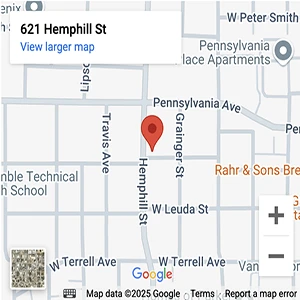4 Must-Have Accident Prevention Technologies in 2016 – Insights from a Longview Personal-Injury Lawyer
Auto manufacturers are constantly introducing new technologies to prevent injuries and save lives. With so many features to choose from, consumers are having trouble deciding which safety gadgets are worth the investment.

Although you cannot control the actions of other drivers, you may be able to avoid a crash or reduce the risk of injuries by purchasing a vehicle with these four features:
- Front-Crash Prevention;
- Blind Spot Detection;
- A Lane Warning System;
- And Adaptive Cruise Control.
If the worst happens and you suffer an injury in a wreck that another driver causes, contact the Cooper Law Firm. N. Eric Cooper is a Longview accident attorney who will give your case the individual attention that it deserves.
Schedule a consultation today by calling 903-297-0037. You can also learn more about injury lawsuits by visiting http://accident.usattorneys.com/.
Here is a brief overview of four vehicle safety technologies that could save your life:
- Front-Crash Prevention
Front-crash prevention systems use sensors to measure the distance between your car and the leading vehicle. If you get too close, the system emits an audible alert, or the steering wheel will start to vibrate.
Also, the system will prepare the brakes for a fast response. It will make adjustments to the wheels to prevent the problems associated with sudden braking such as loss of control and skidding.
- Blind Spot Detection
A significant number of crashes happen because drivers fail to check their blind spots. Fortunately, blind spot detection automatically identifies if a vehicle is in your blind spot, thus reducing the risk of crashing. If a vehicle is in your blind spot, then the system will emit an audible warning, or it may prevent your vehicle from turning into the other car.
- Lane Warning Systems
Fatigued driving can be deadly. One of the most common effects of tired driving is swerving into other lanes.
Lane warning systems alert drivers when they are veering off their trajectory. These systems use cameras to evaluate the angle and position of the vehicle relative to lines on the road. If you start driving into another lane, then the system will make the seat or steering wheel vibrate. Some lane warning systems actively keep vehicles in their lanes.
- Adaptive Cruise Control
Cruise control is a fuel-saving convenience, but it can contribute to car accidents. If the driver becomes distracted, then he or she may not notice traffic slowing down ahead.
In these scenarios, adaptive cruise control will automatically reduce your speed to maintain a safe following distance. It will slow your vehicle based on the flow of traffic so you will not have to brake and then reset cruise control.
If you were injured due to another driver’s reckless or negligent behavior, contact the Cooper Law Firm. A personal-injury lawyer in Longview can evaluate your accident, talk to witnesses, gather evidence and handle settlement negotiations on your behalf. Call 903-297-0037 to schedule a consultation.

















